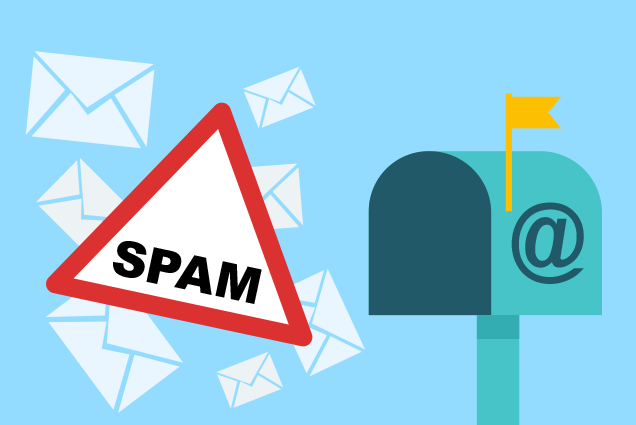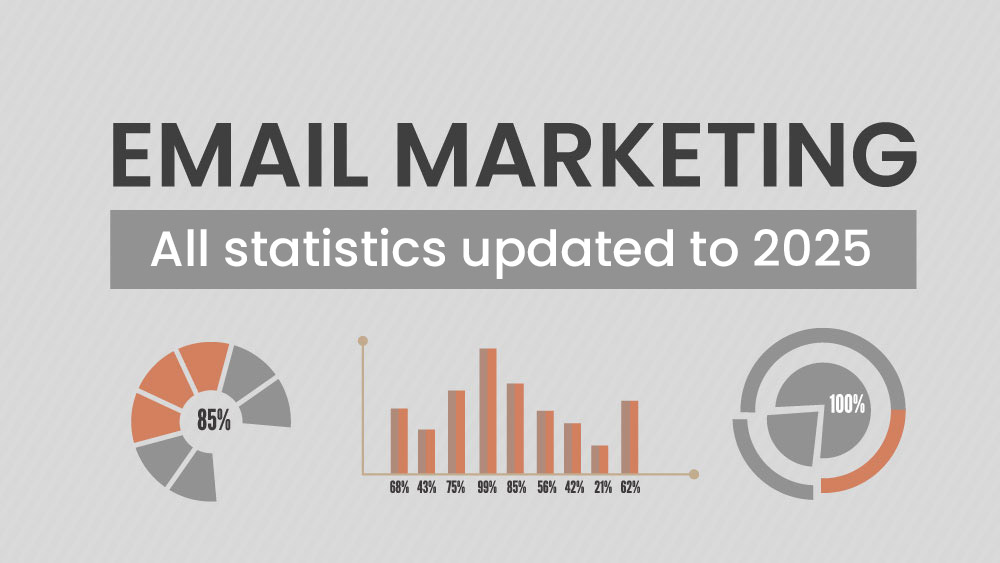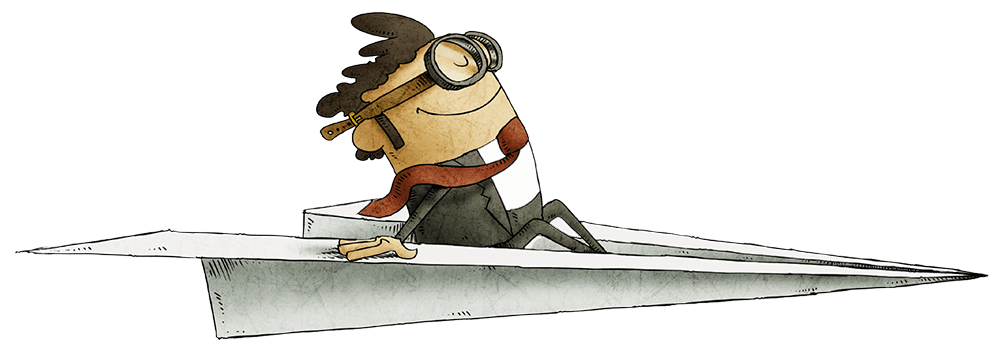Tutto quello che devi sapere sulle email a freddo e come inviarle nel rispetto della normativa sulla privacy.
A volte, tutto ciò che serve per avviare una collaborazione o chiudere una vendita è un messaggio ben scritto inviato alla persona giusta. È qui che entrano in gioco le cold email, uno strumento potente e sottile che può trasformare un contatto sconosciuto in una connessione preziosa.
Ma scrivere una cold email efficace è un’arte delicata. Non basta inviare un messaggio generico: serve personalizzazione, empatia e un pizzico di strategia per catturare l’attenzione e suscitare interesse. Inoltre, è fondamentale conoscere le regole per evitare di finire nello spam o, peggio, di violare normative sulla privacy.
Vuoi scoprire come sfruttare al meglio le cold email per il tuo business? Continua a leggere: nell’articolo di oggi troverai consigli pratici, errori da evitare e strategie per rompere il ghiaccio nel modo giusto.
Preferisci vedere un video sull’argomento?
Cosa sono le cold email e quali sono le caratteristiche principali.
Le cold email, o email a freddo, sono il primo incontro via email con chi non conosce ancora la tua attività o i tuoi prodotti.
A differenza delle email inviate a chi ha già mostrato interesse o si è iscritto alla tua mailing list, le cold email hanno l’obiettivo di rompere il ghiaccio e avviare una conversazione.
Ma quali sono le caratteristiche principali di una cold email?
Per iniziare, le cold email sono scritte in maniera personale.
Sì, perché anche se il destinatario non ti conosce, l’email deve sembrare scritta appositamente per chi la riceve. Usa quindi un indirizzo email reale (niente noreply@) e scrivi un messaggio personale, riservato solo a chi legge.
Presentati chiaramente e sottolinea la tua esperienza nel settore. Usa dati, testimonianze o referenze per dimostrare la tua affidabilità. Citare clienti noti, risultati raggiunti o partnership consolidate può aiutarti a costruire fiducia.
Un’altra caratteristica delle cold email è quella di andare dritte al punto.
Mi spiego meglio.
Nessuno ha tempo per leggere lunghi messaggi da qualcuno che non conosce. Per questo il tuo messaggio deve essere breve, chiaro e mostrare subito il valore per il destinatario.
Usa un linguaggio che mostri empatia e interesse per le esigenze del destinatario. Per esempio, potresti menzionare una sfida tipica del tuo settore di riferimento o un punto di forza del tuo prodotto che potrebbe fare la differenza.
Ricorda poi di non essere invadente: una singola email è sufficiente per suscitare interesse, senza bombardare la casella di posta del destinatario.
Ma non è tutto.
Quando scrivi la tua email dovresti avere sempre ben chiaro il tuo obiettivo e comunicarlo chiaramente. Che sia fissare un incontro, presentare un’offerta o avviare una collaborazione, ogni email dovrebbe avere un solo scopo ben definito.
👍 5 consigli per una cold email vincente.
- Seleziona un pubblico specifico.
Le cold email non devono essere inviate a chiunque. Identifica i destinatari giusti in base a criteri specifici, come il settore di appartenenza, il ruolo professionale o l’interesse verso soluzioni simili alle tue. - Utilizza un indirizzo mittente personale.
Invia tramite un indirizzo email che riporti il tuo nome e cognome. Evita caselle generiche come “info@” o “sales@”: un tocco personale fa la differenza. - Scrivi un oggetto chiaro e accattivante.
L’oggetto è la prima cosa che il destinatario vedrà. Deve essere diretto, descrittivo e risvegliare curiosità. Se vuoi saperne di più dai un’occhiata all’articolo 4 consigli per preparare una riga dell’oggetto che funziona. - Prepara un testo personalizzato.
Scrivi un messaggio che parli direttamente al destinatario, evita i testi generici e concentra l’attenzione su come puoi aiutare a risolvere un problema del tuo pubblico target. - Includi una firma completa.
Concludi l’email inserendo il tuo nome, ruolo e informazioni di contatto. Fornire anche l’indirizzo fisico dell’azienda contribuisce a rafforzare la tua credibilità.
Ma le email a freddo sono legali? E quanto è alto il rischio di finire in spam?
Sì, le email a freddo sono legali in Italia, ma devono rispettare determinate condizioni.
Per iniziare, non è possibile inviare cold email promozionali a indirizzi personali (ad esempio, nome.cognome@email.com) senza consenso. Un’eccezione si applica se l’indirizzo è reso pubblico dal proprietario con l’intenzione di essere contattato.
Per quanto riguarda gli indirizzi generici aziendali, come sales@azienda.it o info@azienda.it, possono essere contattati, in quanto assimilabili all’invio di una brochure cartacea all’azienda.
A livello legale, inviare email a freddo non è considerato spam se si rispettano queste indicazioni.
Tuttavia, dal punto di vista della netiquette, queste email possono essere percepite come uno “spam leggero”. Diventano spam vero e proprio quando si inviano ripetutamente comunicazioni non richieste o di scarso valore.
Quindi faresti meglio a evitarlo per non compromettere la tua reputazione mittente.
ℹ️ Ma cosa succede in caso di violazione della normativa?
Contrariamente a quanto si pensa, il Garante della Privacy non è pronto a infliggere multe al minimo errore.
In genere, si parte con un avvertimento per segnalare eventuali violazioni. Solo in caso di persistenti irregolarità si arriva a sanzioni più severe.
La chiave è adottare un approccio trasparente e rispettoso delle regole.
Le cold email possono migliorare il tuo business (a condizione che vengano rispettate le best practice).
Le cold email rappresentano una grande opportunità per aprire nuove porte e creare connessioni significative con potenziali clienti o partner.
Tuttavia, il loro successo dipende da come vengono scritte e inviate. Personalizzazione, chiarezza, empatia e rispetto delle regole sono gli ingredienti fondamentali per costruire messaggi che non solo catturino l’attenzione, ma che ispirino anche fiducia e azione.
Ricorda: una cold email ben scritta non è solo uno strumento di marketing, ma un ponte per avviare relazioni di valore. Seguendo le best practice e rispettando le normative, potrai sfruttare al meglio questo potente mezzo di comunicazione, evitando errori che potrebbero danneggiare la tua reputazione.
E se vuoi iniziare fin da subito a inviare le tue cold email in modo semplice ed efficace, iscriviti a Emailchef!
Registrandoti ora potrai sfruttare un mese di prova gratuito per creare, personalizzare, inviare e monitorare le tue cold email.








